Discover 11 hidden attractions, cool sights, and unusual things to do in Úbeda (Spain). Don't miss out on these must-see attractions: Vázquez de Molina Palace, Vázquez de Molina Square, and Museo Arqueológico de Úbeda. Also, be sure to include Basílica de Santa María de los Reales Alcázares in your itinerary.
Below, you can find the list of the most amazing places you should visit in Úbeda (Andalusia).
Table of Contents
Vázquez de Molina Palace

Also known as: Palacio de las Cadenas
The Vazquez de Molina Palace, also known as the Palace of the Chains is a renaissance palace located in Vazquez de Molina Square in Úbeda. It is considered to be one of the best examples of the Renaissance architecture in Spain.[1]
Address: Plaza del Ayuntamiento, Úbeda
Vázquez de Molina Square
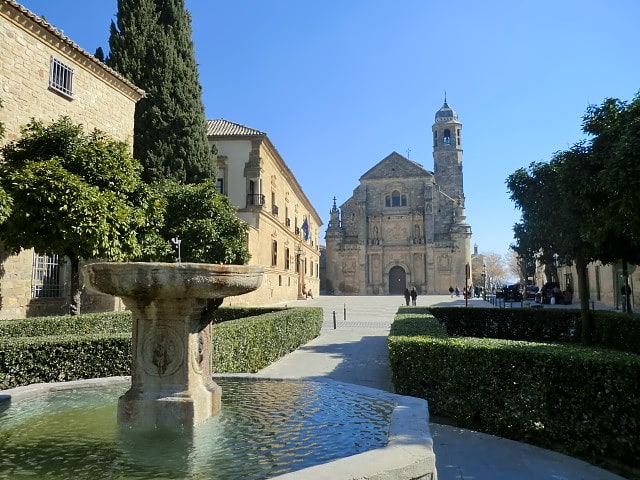
Also known as: Plaza Vázquez de Molina
Vázquez de Molina Square, situated in Úbeda, in the Autonomous Region of Andalusia, is one of the best examples of Renaissance architecture in Spain. The Spanish Renaissance architectural value of this square was one of the motives for UNESCO's decision to declare Úbeda a World Heritage site in July 2003.
Prominent buildings in this square are:
- Deán Ortega Palace (Palacio del Deán Ortega): a Renaissance palace designed by the Spanish architect Andrés de Vandelvira in the 16th century. Presently, it is a Parador hotel, one of the oldest in Spain.
- Vázquez de Molina Palace (Palacio de Vázquez de Molina): another building in the Renaissance style designed by Vandelvira, also known as the Palace of the Chains (Palacio de las Cadenas) because of the decorative chains which once hung from its façade. Juan Vázquez de Molina, Philip II’s Secretary of State, ordered its construction. It currently serves as the seat of Úbeda's municipal government.
- Basílica de Santa María de los Reales Alcázares: a church built on the ruins of Moorish Úbeda's mosque. It incorporates several styles, Gothic, Renaissance and Baroque. It was seriously damaged during the Spanish Civil War. It has been closed for restoration since 1983.
- Holy Chapel of the Savior (Sacra Capilla del Salvador): Francisco de los Cobos, Charles V’s secretary, had this chapel built as his own pantheon. It was designed by the architect Diego de Siloé, and Vandelvira carried out its construction. This chapel is one of the town's most characteristic architectural monuments. Its façade, sculpted in stone by Esteban Jamate, is one of the most beautiful in Andalusia.
Address: Plaza Vazquez de Molina, 23400 Ubeda
Museo Arqueológico de Úbeda
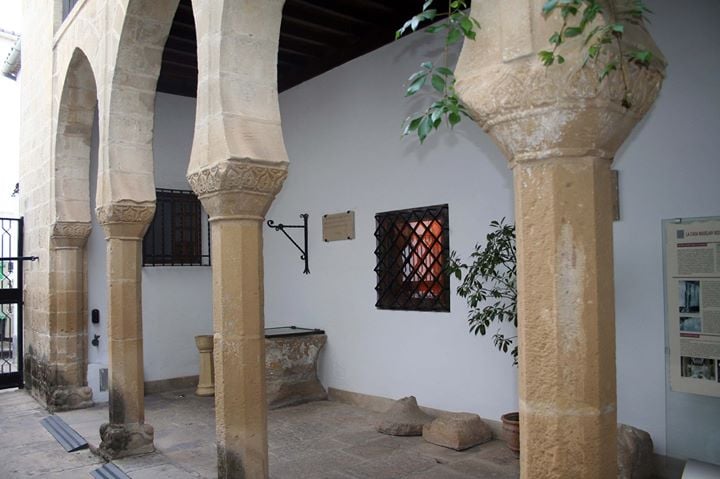
Museum
Address: 6 Calle de Cervantes, Úbeda
Basílica de Santa María de los Reales Alcázares
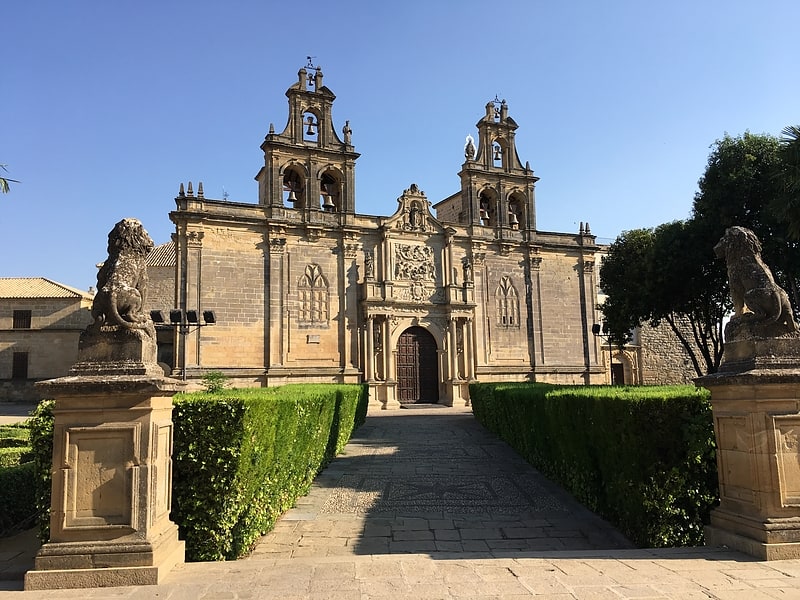
Basílica y Real Colegiata de Santa María la Mayor de los Reales Alcázares de Úbeda is a Spanish national monument. The Bien de Interés Cultural landmark, is the main church in Úbeda, Jaén, located in the Vázquez de Molina Square, opposite the Vázquez de Molina Palace. The basilica forms part of the UNESCO World Heritage Site which was declared a monument in 2003.[3]
Address: Plaza Vázquez de Molina, s/n, 23400 Úbeda
Palacio del Deán Ortega
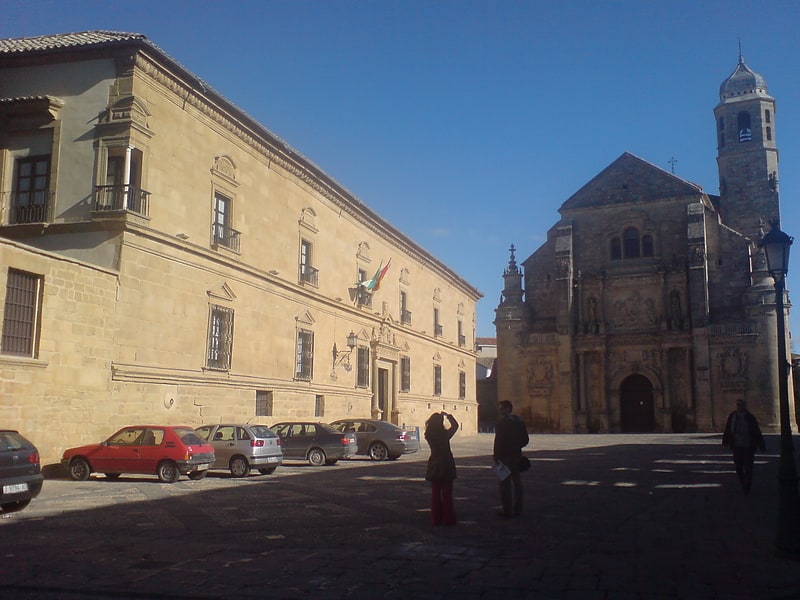
Palacio del Deán Ortega is a palace in Úbeda, in the Province of Jaén, Spain. It was founded in the 16th century and was constructed by Fernando Ortega Salido. In 2003 it was declared a Bien de Interés Cultural site.[4]
Antigua Sinagoga del Agua
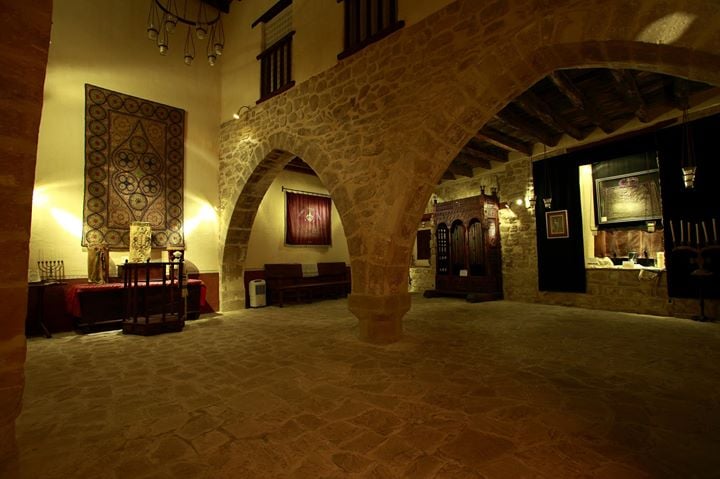
Sacred and religious sites, Museum, Synagogue
Address: C/ Roque Rojas, 23400 Ubeda
Museo de Alfarería

Museum, Specialty museum
Address: Calle Valencia 22, 23400 Ubeda
Palacio de Vela de los Cobos
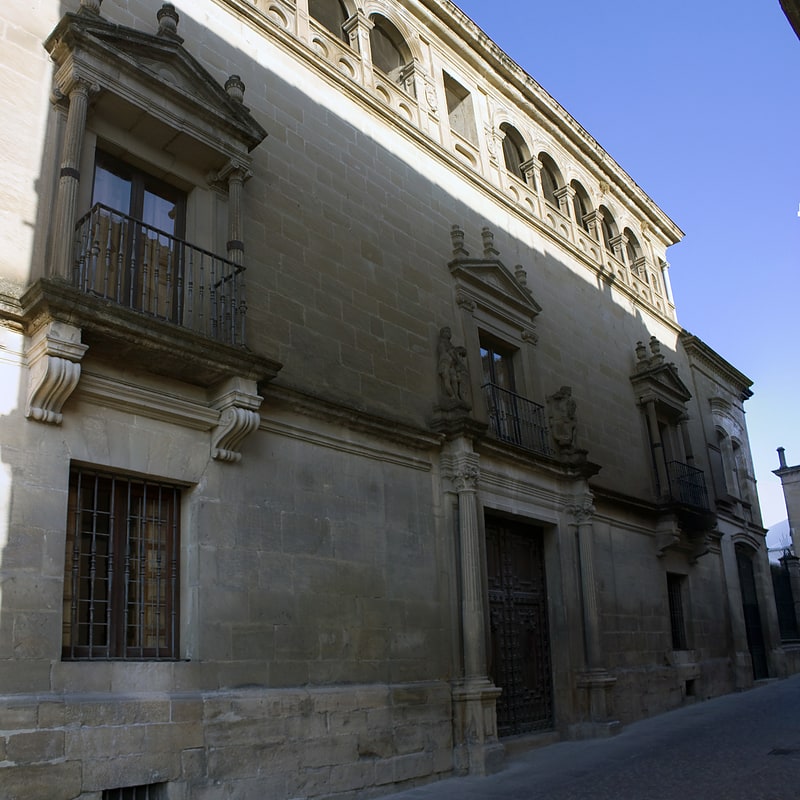
The Vela de los Cobos Palace, is a Renaissance noble palace located in the historic center of the city of Úbeda, Autonomous Community of Andalusia, Spain. It was ordered to be built by the alderman of Úbeda Francisco Vela de los Cobos in the mid-sixteenth century, the building was designed by Andrés de Vandelvira and the execution was due to the stonemason Jorge Leal. It is part of the Renaissance monumental complex of Úbeda, which together with that of Baeza, was declared a World Heritage Site by Unesco in 2003.
The imposing stone façade consists of 3 floors, on the lower floor there is a lintel door, framed by two Corinthian columns, on the first floor the balconies stand out, the central one shows the family heraldry supported by two telamons or warriors, the two lateral ones are framed by Ionic columns and triangular pediments, at the end there is a beautiful corner balcony characteristic of the Andalusian Renaissance. The top floor consists of an open gallery formed by semicircular arches supported by pillars. The interior has undergone several transformations, including the disappearance of the central courtyard in the 19th century. It currently contains a collection of works of art and an important library. The Palacio Vela de los Cobos should not be confused with the Palacio de los Cobos, also in the city of Úbeda, built by Francisco de los Cobos, secretary to Charles V.
Address: Calle Juan Montilla 4, 23400 Ubeda
Sacra Capilla del Salvador del Mundo
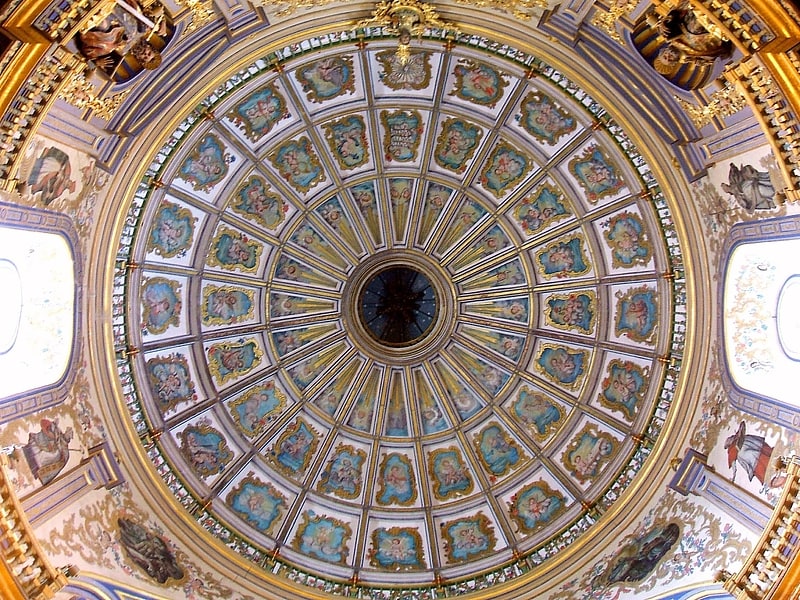
The Sacred Chapel of the Saviour of the World is a temple built under the patronage of Francisco de los Cobos as a pantheon annexed to his palace in Úbeda, in what is now called Plaza Vázquez de Molina.
Commissioned to be built in 1536, it formed part of an extensive artistic programme (which included his Palace, a University and a Hospital) aimed at exalting the fame, fortune and personal glory achieved by Charles V's personal secretary, for which he called upon the services of first-class artists. The initial project was entrusted to Diego de Siloé from Burgos, while the work was carried out by Andrés de Vandelvira from 1540 onwards. The temple was consecrated in 1559. Its first chaplain was the Deán Ortega, for whom the large palace to the left of the chapel's main façade was built.
El Salvador was the most ambitious undertaking of all the private religious architecture of the Spanish Renaissance. Declared a historic-artistic monument in 1931, it has become, in turn, one of the most popular symbols of this city whose Renaissance monumental ensemble, which together with that of Baeza, was declared a World Heritage Site by UNESCO in 2003.
Address: Plaza Vázquez de Molina, 23400 Úbeda
Alfarería TITO
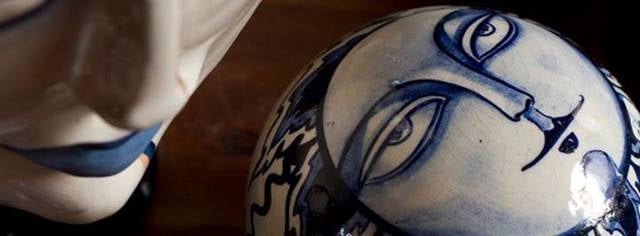
Museum
Address: Plaza del Ayuntamiento, 12, Úbeda
Casa de las Torres
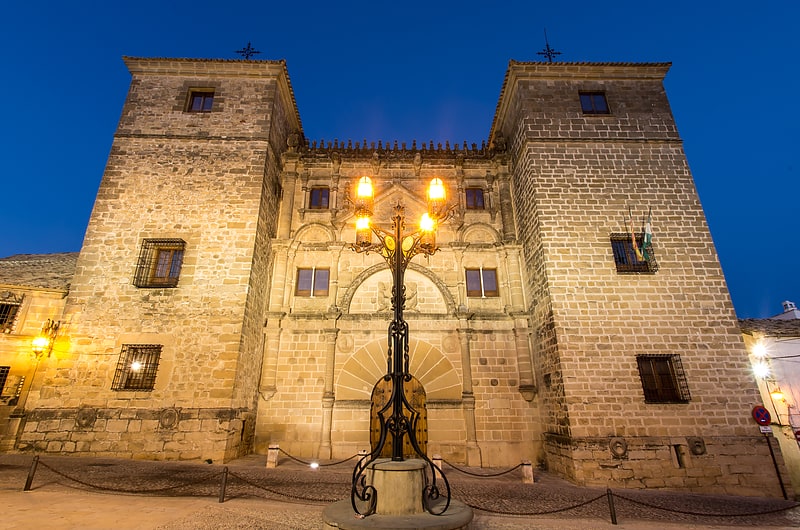
The Casa de las Torres or Palace of the Dávalos, is a civil palace located in the city of Úbeda, province of Jaén.
Address: Plaza San Lorenzo 7, 23400 Ubeda